When you put the helmet on, it doesn't matter if you are woman or man: your mission is to compete to win. -- Milka Duno
Here we list some notable women in STEM that have greatly impacted the scientific community with their efforts. Check out the list of 10 of the top women in molecular biology:
Rosalind Franklin
Since the age of 15, Rosalind Franklin wanted to be a scientist. She attended North London Collegiate School and Newnham College, where she studied chemistry and was awarded second class honors in finals, which would be accepted as a bachelor's degree in 1941. Afterwards, she worked as an assistant research officer at the British Coal Utilization Research Association, where she wrote a thesis in 1945 based off of her study of coal porosity.
In 1946, she was appointed at the Laboratoire Central des Services Chimiques de l'Etat in Paris. Franklin pioneered the use of x-rays to create images of crystallized solids in analyzing unorganized matter and applied this technique to DNA fibers, photographing the structure of DNA which would serve as the basis of the DNA model during her time at King's College in 1951. After leaving King's College in 1953 under the condition that she would no longer work on DNA, she relocated to Birkbeck College. Within five years, Franklin published 17 papers on viruses based upon her research on the structure of tobacco mosaic virus and the structure of RNA, effectively paving the way for the foundations of structural virology.
Esther Lederberg
Entering Hunter College at the end of the Depression with the intention of studying literature or French, Lederberg switched her studies to science. While pursuing her master's degree, she worked as a teaching assistant at Stanford with an income so small that Lederberg and her colleagues sometimes resorted to eating frog legs left over after dissections. She earned her PhD at the University of Wisconsin. During her work she discovered the lambda bacteriophage, a virus that lives in E.coli that does not kill the host but instead mingles their DNA with the host's DNA.

Together with her husband, Joshua Lederberg, they developed a laboratory technique called replica plating. In replica plating, transferring bacteria from one plate to another isolate mutation in DNA and are proven to be present in the original setting. Replica plating was accomplished by using pieces of velvet to move colonies from one plate to another, with initial experiments undergone using the powder puff from Esther's compact. Lederberg contributed to the Nobel Prize in 1958 for discoveries on bacteria mutation. From 1976-1985, she directed Stanford's plasmid reference center.
Nettie Maria Stevens
Stevens attended State Normal School (Westfield State College) in 1881 through 1883. Stevens earned her BA at Stanford University in 1899 and her MA degree in 1900. Her doctoral studies in biology at Bryn Mawr College included a year of study at the Zoological Station in Naples, Italy and at the Zoological Institute of the University of Wurzburg, Germany in 1901.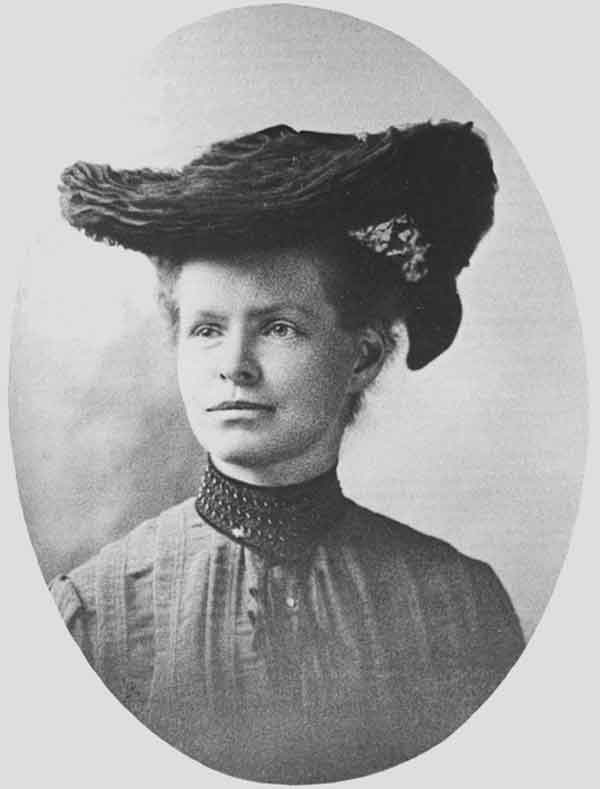
Her earliest fields of research included morphology and taxonomy of the ciliate protozoa. She studied cytology and regenerative processes with Thomas Hunt Morgan of which lead to a study of differentiation in embryos and a study of chromosomes. In 1905, their yellow mealworm experiments yielded a published paper announcing her find of a particular combination of chromosomes known as X and Y—the sex determining chromosomes. The pair also discovered the supernumerary chromosomes in certain insects and paired state chromosomes in flies and mosquitoes.
Elizabeth H. Blackburn
Born in 1948 in Hobart on the island of Tasmania, Australia, Blackburn was a biochemistry major with an honors degree at the University of Melbourne. Frank Hird, the Chair of the Biochemistry Department at the time, offered her a position as the Master's student in his research laboratory, where she investigated the biochemistry of amino acid metabolism. Admitted to Cambridge as a PhD student, Blackburn carried out sequencing of regions of the bacteriophage phX 174, a small single-stranded DNA bacteriophage. Blackburn was accepted as a postdoctorate fellow in Joe Gall's laboratory at Yale.
During her time at Yale, she found ways to accomplish the sequencing of the DNA found at the terminal regions of minichromosomes that Gall had discovered in the somatic nucleus of the ciliated protozoan Tetrahymena thermophile. In 1975, Blackburn moved to San Francisco, California where her first NIH grant funded her research in the Department of Biochemistry in the genetic unit. She pursued her research on Tetrahymena telomeres and associated proteins, where she discovered that the telomeric DNA were mysteriously packaged as something other than nucleosomes. Blackburn eventually owned her own laboratory at the University of California, Berkeley.
Rita R. Colwell
Colwell earned her bachelor's degree in bacteriology and a master's degree in genetics from Purdue. Her PhD in oceanography was attained from the University of Washington. Her specialized fields are in global infectious diseases, water, and health. In 1984 through 1990, Colwell was a member of the National Science Board and, in 1998, became the 11th director of the National Science Foundation. In 2006, she was awarded the National Medal of Sciences by the president of the United States, and, in 2010, the Stockholm Water Prize by the king of Sweden.

Colwell has been awarded 57 honorary degrees from institutions of higher education and was the recipient of the Order of the Rising Sun, Gold and Silver Star bestowed by the Emperor of Japan. Colwell has authored and co-authored 17 books and more than 800 scientific publications. She has served on the editorial boards of numerous scientific journals; became the chairman of the board of governor of the American Academy of Microbiology; became the president President of the American Association for the Advancement of Science, the Washington Academy of Science, the American Society for Microbiology, the Sigma Xi National Science Honorary Society, the International Union of Microbiological Sciences, and the American Institute of Biological Sciences; and held advisory positions in the US government, nonprofit science policy organizations, private foundations, and international scientific research community.
Maria Goeppert-Mayer
Born on June 28, 1906 in Kattowitz, Upper Silesia (Germany), Goeppert-Mayer enrolled at the University of Gottingen in 1924. She earned her doctorate in 1930 in theoretical physics and slowly developed into a chemical physicist. Goeppert-Mayer wrote various papers with Karl F. Herzfield, of whom took an interest in her research, and worked on the color of organic molecules. During her time in Columbia, she investigated side issues of physical chemistry, such as the possibility of separating photochemical reactions.
When she moved to Chicago in 1946, Goeppert-Mayer became a professor in the Physics Department and in the Institute for Nuclear Studies and was employed by the Argonne National Laboratory. She wrote books with J. Hans D. Jensen, of whom she shared a Nobel Prize with. Moving to La Jolla, California in 1960, she became a physics professor and a member of the National Academy of Sciences and a corresponding member of the Akademie der Wissenschaften in Heidelberg. She received an honorary degree of Doctor of Science from Russel Sage College, Mount Holyoke College, and Smith College. Her Nobel Prize was for the discoveries concerning the nuclear shell structure, and she helped develop a model where nucleons were distributed in shells with different energy levels.
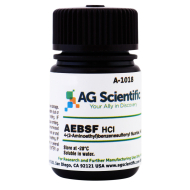
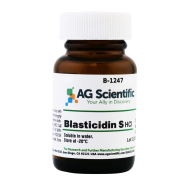

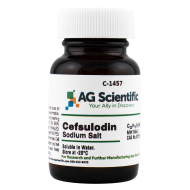

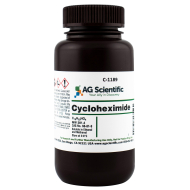


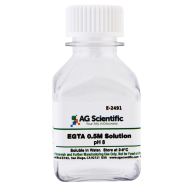
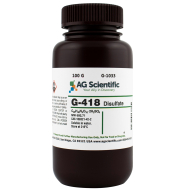
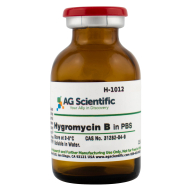
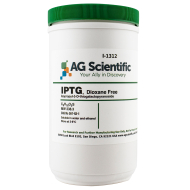
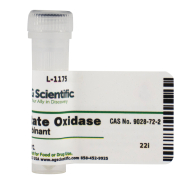
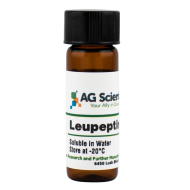

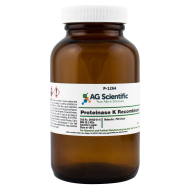

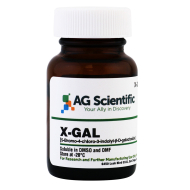
_shown_in_her_laboratory_in_1947.jpg)
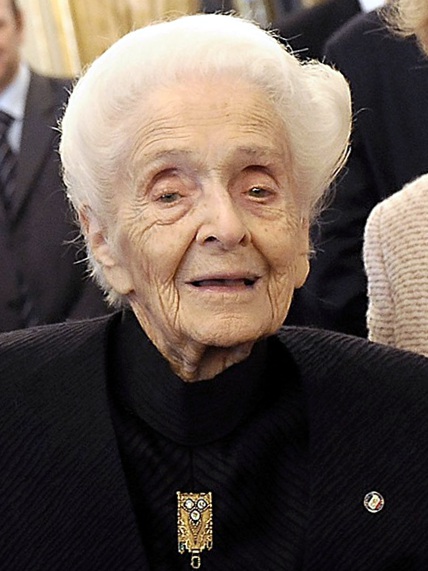
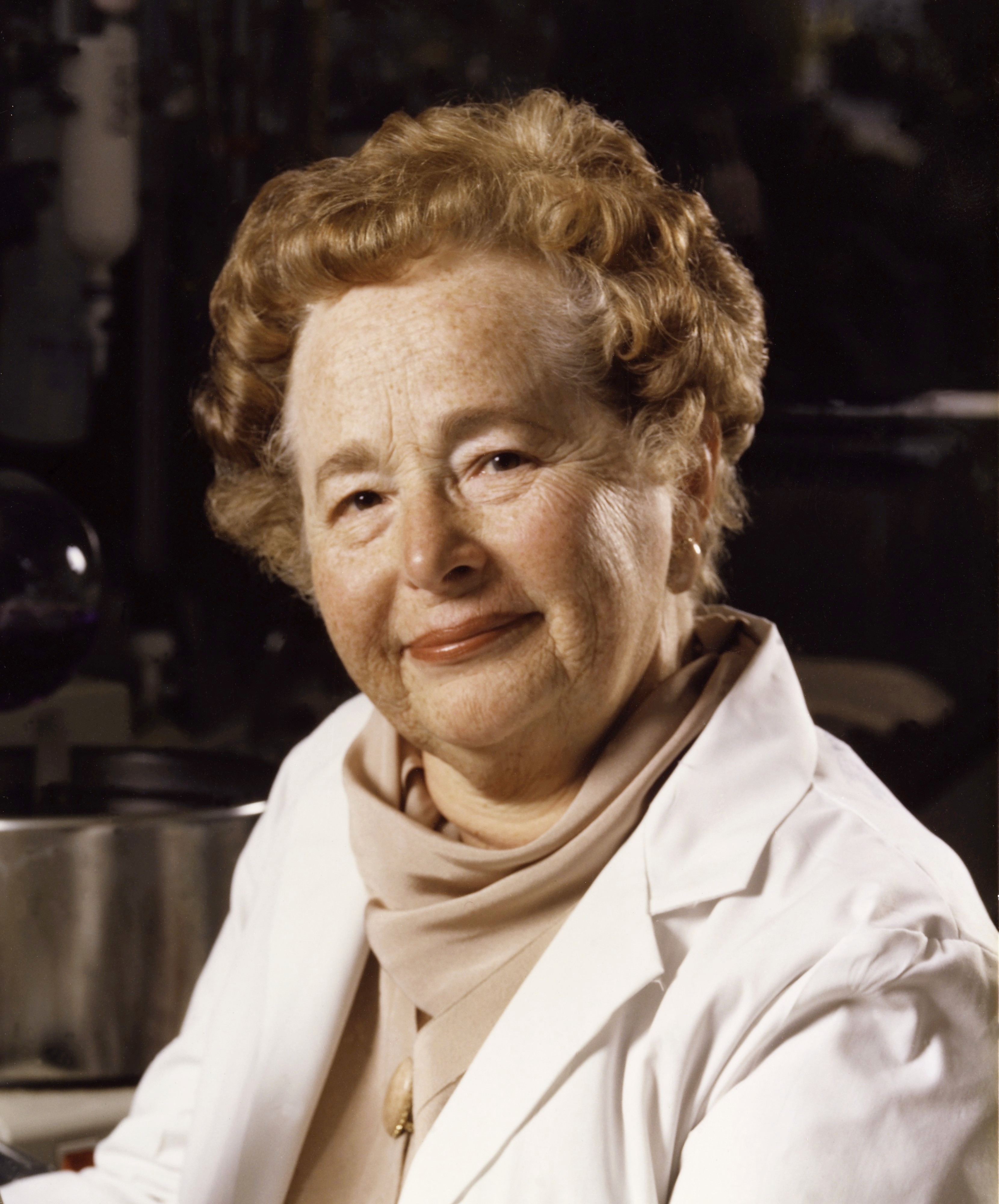
.jpg)